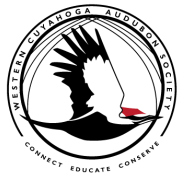A Look Behind the Scenes at Audubon's New Strategic Plan with President and CEO David Yarnold7/3/2016 Audubon had become a collection of proudly disconnected states full of passionate, independent chapters, so thinking bigger meant finding a vision that transcended borders.
[Editor's Note: This article is reprinted with permission from the National Audubon Society. We've added Western Cuyahoga Audubon media to illustrate local conservation activities.]
A Look Behind the Scenes at Audubon's New Strategic Plan
As the National Audubon Society unveils its next five-year plan, we put President and CEO David Yarnold on the hot seat.
By The Editors May - June 2016
Audubon: What was your mandate from the National Audubon Society board when it hired you almost six years ago?
David Yarnold: The board was explicit: They wanted to come back to a focus on bird-centered conservation. Despite the fact that many of Audubon’s staff and volunteers had done great work on behalf of birds, the board wasn’t shy about saying we were facing the kind of major turnaround that legacy non-profits don’t generally attempt. That started with changing the way we approach conservation. If we were going to take on the biggest challenges that birds face, then we had to acknowledge that birds don’t know state or national borders. But Audubon had become a collection of proudly disconnected states full of passionate, independent chapters, so thinking bigger meant finding a vision that transcended borders. Amazingly, the notion of flyways had been around since the 1930s, and staff members and volunteers taught me about that when I spent my first month traveling across Audubon’s world. While flyways had traditionally been applied to the migratory pathways of waterfowl, it was obvious that it could be an energizing vision: By committing to following birds to our work across America’s four superhighways in the sky, we helped everyone see that they and their birds were part of something much larger. Flyways changed the frame for Audubon. What didn’t change was our centrist reputation, because that worldview was built on creating win-win incentives for conservation success. With an almost all-new leadership team in place—and many came from for-profits—we turned to recruiting millions of people to help preserve 11 million acres in Alaska and 67 million acres of sagebrush habitat in 11 western states. We also invested in an area that nonprofits almost always ignore: great communications. When we launched our new website, we got calls from Stanford and Harvard, among others, asking how they could do something similar. And there’s power in numbers: We now reach more than four million people with our messages, including more than a million people on our social media hubs. Most of all, we’ve reframed Audubon as a modern, effective, and relevant advocate for the birds we love. Of course, thinking big and partnering with our network of members—which is the envy of most major conservation organizations—have helped us do a lot more work. We’re putting more than $100 million annually to work today, compared with just $73 million five years ago. In order to do meaningful conservation—and whether that’s hands-on habitat restoration or whether it’s around legislation or policy—we have to be able to work at a very large scale. From helping to rebuild the Gulf Coast to creating national parks in the Bahamas for migrating Piping Plovers, we’re accountable now.
Lake Span by Alice Merkel. Lake Isaac, 4101 Fulton Parkway, Cleveland, Ohio 44144. Explore the Flickr Photo Album.
Conservation
A: And now, at the culmination of that first five-year plan, you’re launching a new strategy for the next five years. What does it say?
DY: The new plan says that we’re going to bring America’s most effective conservation network to bear on five large priorities that can make the greatest difference for the future of birds. The previous five years were all about articulating a shared vision and demonstrating that we could get on the same page. The next strategic plan tries to answer the question, “If Audubon truly lived up to its potential, how much good could we do?” That is the hardest question Audubon could ask itself, especially given its fractious history. The threats birds and people face, like water shortages in the West or climate change, are too huge and urgent for Audubon to be content answering little questions. Audubon works largely through 23 really effective state offices, and we know we can enlist hundreds of thousands of people of all political backgrounds to plant native plants or to take action on renewable energy. Why would we not choose to think big while being local everywhere? We can help bring birds and nature to a new generation of diverse potential activists who want to help turn urban places into bird-friendly communities. And we’re training a new generation of multimedia storytellers who know how to reach young activists in those places. All together, we have the opportunity to have an impact on hundreds of millions of acres over the next five years by focusing on a handful of what we call “key indicator species.” For example, when you focus on the American Oystercatcher, if you protect the places that the Oystercatcher needs, you’re going to protect many places along the Atlantic where sea level rise and development threaten coastlines. A: These sound like truly ambitious goals; is it realistic to think you can accomplish them? DY: Yes, with the help of partners. All of these challenges are bigger than Audubon can take on alone. Whether we’re working with for-profit partners like Aveda, which shares our vision around healthy ecosystems, or federal and state agencies, Audubon will add value. But we’ll be just one important part of any approach to solving these huge problems. Of course, it’s great that big solutions also generate the kind of funding that’s required to really face up to the biggest problems facing birds and people. And we also have terrific partners on the nonprofit side, from the National Fish and Wildlife Foundation to the Cornell Lab of Ornithology, the Environmental Defense Fund, and BirdLife International.
Above: Photos contributed by Ohio Naturalists, Western Cuyahoga Audubon Members & Friends.
Global Systems: Birds, People, and Nature
A: If I’m an Audubon member or I just love birds, what’s an example of how a single person can make a difference and contribute to this new Audubon strategy?
DY: The U.S. Fish and Wildlife Service tells us that 47 million Americans identify themselves as bird lovers—second only to gardening as a hobby. So there’s an enormous number of people who have the potential to care for birds and the places they need. Our chapters have been doing this work in communities across the country for decades. But we can do more. You can do everything from planting native plants in your backyard to creating spaces in your community parks or schoolyards that are welcoming to birds. You can support policies and legislation that create incentives for people to use land and water to protect birds or to increase the use of renewable energy to address the underlying causes of climate change. You can join one of 462 Audubon chapters or visit one of our 41 nature centers; our commitment to nature education is stronger than ever, and no conservation nonprofit has as large a network of community centers. The good news is that those centers now focus on our key conservation priorities and local ecosystems, whether they’re in Biloxi, Dallas, Phoenix, or Seattle. Later this year Audubon will be launching a first-of-its-kind online tool to help people easily find native plants that the birds in their neighborhood like best. People could do that in millions of yards or public spaces or patios. You could have yards full of birdsong, homes for birds that get kids engaged in nature and the habitats that can help birds adapt to a changing world. Why would you not do that? A: You’re also expanding internationally. What’s your most exciting international program right now? DY: Audubon’s working with partners in 13 countries in Latin America and the Caribbean, because half of the species in the United States are smart enough to go south for the winter. And one of the boldest experiments that we’ve undertaken is building birding trails in Colombia to promote bird-based tourism. Working with local partners, and with the help of the U.S. Agency for International Development and the Colombian government, we’ve built three birding trails and trained 44 guides—and that has changed people’s lives. The Colombian government estimates that it can bring in $2 billion in tourism, and a sizable chunk of that can come from birders because Colombia has some 1,900 species, more than any other country. That would be a huge benefit to migrating birds as well as rural communities that haven’t had a functioning economy, let alone police forces or local governments.
Tom Romito, Western Cuyahoga Audubon, speaks about the effect of climate change on the fate of birds, their migration patterns and species survival. Tom asks Audubon members and the public to sign the Western Cuyahoga Audubon Clean Energy Petition to get the Governor of the State of Ohio to reinstall our renewable energy standard. Read Online.
Climate Change and Our Clean Energy Economy
A: As you look across these new strategies that you’re going to be working on over the next five years, is there any one that leaps out as particularly challenging?
DY: They’re all hard. If they weren’t hard, they wouldn’t be worthwhile. There is no question that new science around climate change is telling us that there’s a need for urgency that’s greater than we knew even five years ago. Audubon’s climate initiative, which we launched in September of 2014, has two key parts. One, we need to protect the places that birds are going to need in a climate-changed world. Two, let’s address the underlying causes of climate change, because it’s the only way to ensure long-term survival for birds and people, and that’s going to lead to hard choices. We know, for example, that renewable energy has to be deployed at a massive scale. There are bird lovers who would like to hear that not a single bird will ever suffer in our pursuit of renewable energy, but what’s more realistic is to actively work to optimize siting while minimizing harm to birds so that we all get the benefits of carbon-free energy generation.
A: You’ve been involved with conservation for more than a decade at Audubon and before that at the Environmental Defense Fund. What do you regard as the biggest mistake the conservation movement has made in the last couple of decades?
DY: Allowing politicians to associate conservation with one political party. That’s sure not what Audubon looks like. We’re hugely bipartisan, and that makes sense because when you look at America’s history, conservation was a priority for both parties until the early 1990s. And that’s why Audubon says and believes conservation doesn’t have a party. Sixty percent of our members live in blue states, and 40 percent of our members are Republicans and Independents, and that makes us unique among the major conservation organizations. A: How do you plan to tap into that? DY: Our message is that everyone’s welcome in our big tent because we’re working on bird issues. Climate change is a bird issue. Resilient coastlines—that’s a bird issue. And we know from personal experience and from research that our members agree with that. Even better, they love doing citizen science, something Audubon started back at the turn of the 20th century with what is now the longest-running animal census on the planet, our Christmas Bird Count. We have expanded the number and types of citizen science initiatives, including a new initiative launched this year called Climate Watch, where we’re going to monitor the birds that are most threatened by climate change, to test and refine our bird-climate models. Those birds don’t care what political party you belong to. A: Is technology helping Audubon up this game? DY: No question. Birds have always been an early-warning system, so monitoring where birds are, being able to record that data in real time, is critical. In addition to that, Audubon partners with Esri, the GIS industry leader, to deploy computer-mapping technology that enables us to see the hotspots, the places that most need protecting, and that’s how we’ve been able to work with governments and landowners in the West to protect the most important places while still allowing for economic development. Technology is going to be central to Audubon’s evolution over the next five years and beyond, just like it is everywhere else. Inclusion and Youth Education
A: Many conservation groups, including Audubon, have been criticized for lack of diversity; the rap is that you’re essentially clubs run by white guys. What’s Audubon doing about that?
A: Did all of this organizational change ruffle some feathers, so to speak?
DY: One of the most important pages in our strategic plan is titled “What we stopped doing.” Nonprofits are notorious for not stopping doing things, just as they’re often accused of not working toward measurable outcomes. You can’t drive change and not make waves. But I came from Silicon Valley and drank all the kool-aid around innovation and being willing to fail, and we weren’t afraid to experiment—which is tough at many nonprofits. But after nearly six years, chapter leaders and most of our state boards and our funders will tell you that this is a much more capable and trustworthy Audubon.
Above: Multiple Yellow Warblers on the bluffs overlooking Lake Erie. Contributed by Lisa Rainsong, professional musician, educator, and naturalist. Visit Listening in Nature, a song library of birds, insects and amphibians of Northeast Ohio. Explore Online.
A: What’s been your most exciting bird moment since joining Audubon?
DY: There are so many exciting bird moments, but it’s pretty hard to compete with the ones that just overwhelm your senses. Seeing the Sandhill Crane migration on the Platte River in Nebraska, tens of thousands of these three- and four-foot-tall birds lifting off or landing in waves, and they’re so loud that you can’t even hear the person next to you talking. You can’t help but be awestruck by that. A: You weren’t a birder when you came to Audubon, were you? What have you learned about birding and birders? DY: I’m constantly impressed by how smart and committed Audubon’s members are. When we rolled out a sophisticated tool like GIS mapping, it took just a couple of years for nearly two-thirds of our chapters to be fluent in that technology. And they’re so passionate—they get that birds are the gateway to ecosystems. And they’re generous—I threw myself on their mercy and asked them to teach me birding, and 99 percent were eager to help. The other 1 percent, they’re bird snobs, and they’re not a lot of fun anyway. I’m constantly overwhelmed by the joy birds bring to people’s lives; after all, they’re the most common and accessible wildlife on the planet. I’m the luckiest CEO alive because I serve an organization that comes to its work through birds that inspire people and give them hope. I’ve taken to saying that we should return the favor, that we’re what hope looks like to a bird. What’s in the Plan?
CONSERVATION
At the heart of Audubon’s work are programs that drive full-lifecycle conservation for birds throughout the Americas. We organize our work around five highly scalable core strategic priorities:
We partner with the most effective conservation network in America to extend the reach and scale of our impact. SCIENCE We expand the body of bird knowledge to support the development of our programs and to inform and evaluate the work of Audubon and our partners. ENGAGEMENT We build durable public will to drive impact and accelerate the pace of change.
This article is reprinted with permission of the National Audubon Society. Read the original article here.
Make A Donation to Western Cuyahoga Audubon. Your gifts guarantee chapter activities, programs and research continues to reach members and connect birding conservationists around the world. Use our safe and secure PayPal payment button below to make a donation of any amount you choose. All donations are gratefully received.
Comments
|
Story BlogThe Feathered Flyer blog publishes human interest stories about birding and habitat conservation. After watching, ‘My Painted Trillium Quest' by Tom Fishburn, Kim Langley, WCAS Member said, “Wonderful! It was a lift just knowing that such a site exists and is being protected!”
Media LibrariesQuarterly NewsletterSTORIESPodcastsWCAS is a proud member of The Council of Ohio Audubon Chapters (COAC) and promotes chapter development by sharing the best practices, brainstorming solutions to common problems, and building relationships in workshops and retreats. Subscribe
VideosYouth
Advocacy
Clean Energy
Reporting
Awards
Volunteerism
Take ActionResourcesBlogsArchives
October 2023
Categories
All
|
EDUCATENews Blog
Monthly Speakers Field Reports Bird Walk Reports Christmas Bird Count-Lakewood Circle Media Library Newsletter Archive Education Resources STORE |
Western Cuyahoga Audubon Society
4310 Bush Avenue Cleveland, Ohio 44109 [email protected] Western Cuyahoga Audubon Society is a 501(c)(3) nonprofit organization. Your donation is tax-deductible. The tax ID number is: 34-1522665. If you prefer to mail your donation, please send your check to: Nancy Howell, Western Cuyahoga Audubon Treasurer, 19340 Fowles Rd, Middleburg Hts, OH 44130. © 2020 Western Cuyahoga Audubon Society. All rights reserved. Privacy Policy | Terms of Use | Legal | Store Shipping Rates | Site Map |





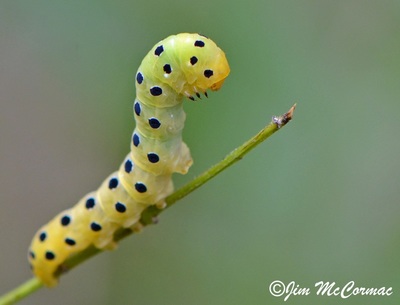
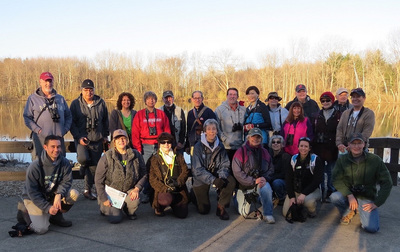
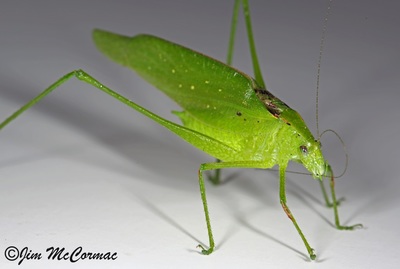
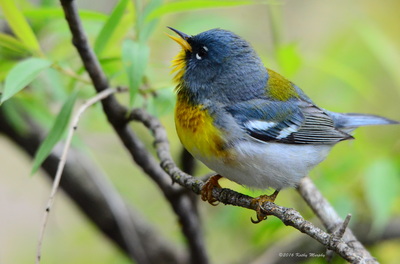
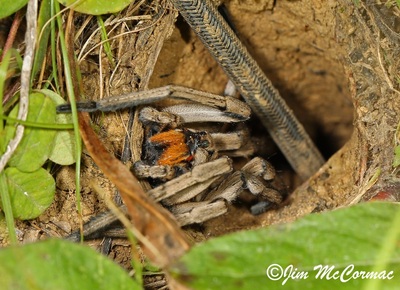
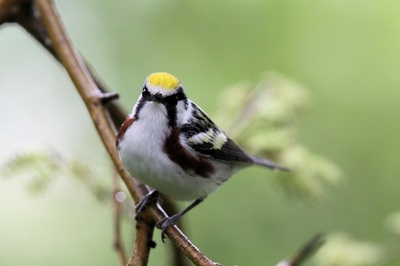
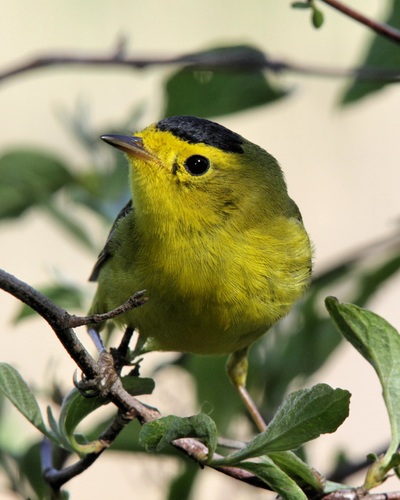
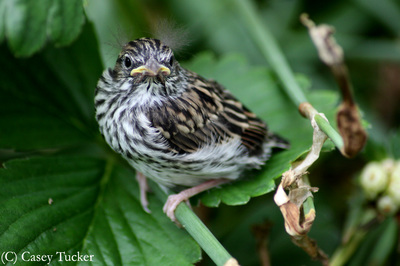
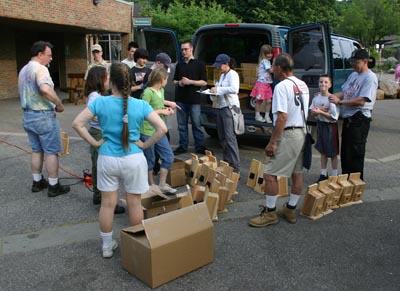
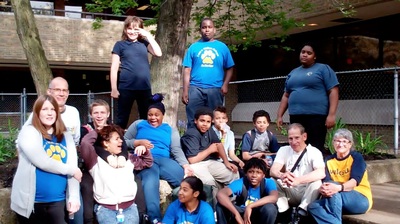
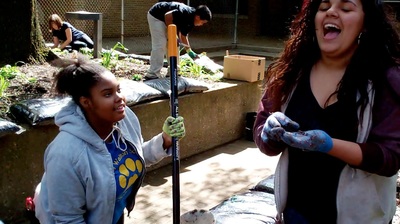









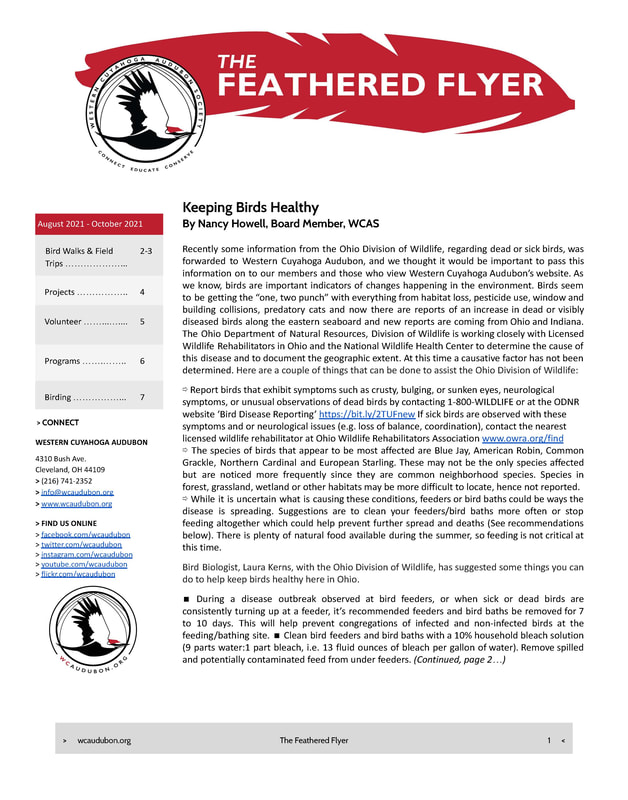
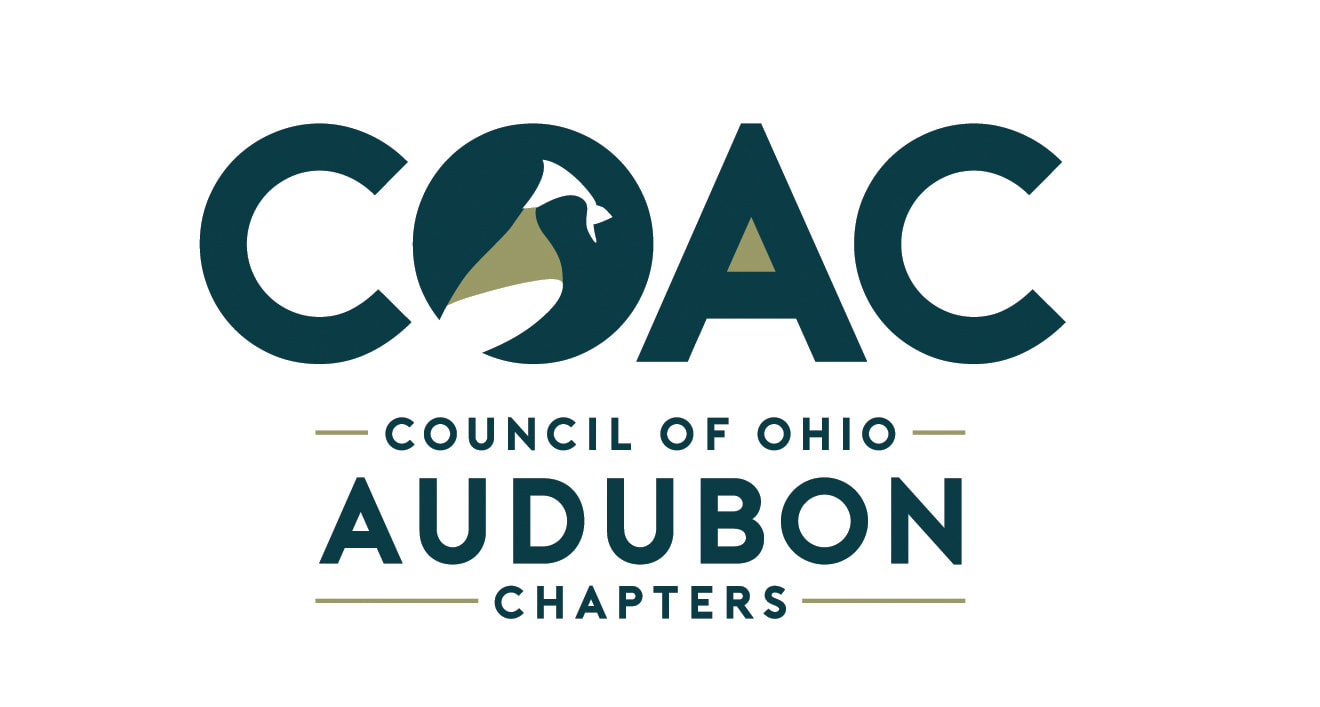
 RSS Feed
RSS Feed
